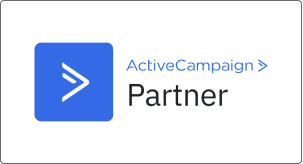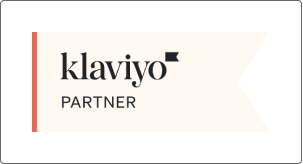In the dynamic realm of digital marketing, the Call-to-Action (CTA) button stands as a pivotal element that bridges the gap between passive browsing and active engagement. At 3 Phase Marketing, a distinguished digital marketing agency, we unravel the intricacies of CTAs and provide insights into designing web pages that resonate with your audience.
Today we’ll dive into the art of crafting compelling CTA buttons, specifically within the WordPress web environment.
Understanding Call-to-Action: Beyond the Basics
At its core, a Call-to-Action (CTA) is an invitation to your audience to take a specific action. Whether it’s “Buy Now,” “Sign Up,” “Learn More,” or any other action aligned with your business objectives, the CTA button serves as the catalyst that guides visitors towards the desired outcome.
The Anatomy of an Effective CTA Button
At 3 Phase Marketing, we pride ourselves on crafting a compelling copy. A CTA button is no different, it involves a fusion of design, psychology, and strategy. We recognise the nuances that contribute to an impactful CTA. A Call-to-action example could be anything that requires the audience’s attention, participation and action. For example: “call now” is a CTA example that we see often. When creating a CTA keep the following in mind:
Clarity: The language used in your CTA should be crystal clear. Ambiguity leads to confusion. Use action-oriented words that leave no room for interpretation.
Contrast: The CTA button should stand out from the rest of the page. Utilise contrasting colours that draw attention and guide the user’s eyes towards the button.
Whitespace: Surround your CTA with whitespace to enhance its visibility. A clutter-free environment ensures that users can focus solely on the CTA.
Size and Shape: The size and shape of the CTA button matter. While it should be large enough to command attention, it shouldn’t overwhelm the page’s overall design.
Urgency: Create a sense of urgency by using phrases like “Limited Time Offer” or “Act Now.” Urgency motivates immediate action.
CTA Placement: The placement of your CTA buttons is akin to a strategic chess move. As experts in digital marketing, we recommend strategic placements that maximise engagement.
Above the Fold: Position your primary CTA above the fold, which means it’s visible without scrolling. This placement ensures that users encounter your CTA immediately upon landing on the page.
In Content: Integrate CTAs seamlessly within your content. For instance, if you’re discussing the benefits of a product, a CTA to “Buy Now” can be strategically placed within the content.
At the End: After users have consumed your content, offer them a CTA to take the next step. This is especially effective for blog posts and informative articles.
Designing Web Pages That Embrace CTAs
Effective CTAs don’t exist in isolation; they are an integral part of a well-designed web page. As a digital marketing agency, we emphasise the symbiotic relationship between CTAs and web design. An effective CTA will help generate leads and increase your sales.
User-Centric Approach: The foundation of compelling CTAs lies in understanding your audience. Craft CTAs that resonate with their pain points, desires, and preferences.
Visual Hierarchy: Design your web pages with a clear visual hierarchy. The CTA button should stand out, but it should also harmonise with the overall design.
Mobile Responsiveness: In a mobile-centric era, ensure that your CTAs are responsive across devices. Buttons should be easily tappable on smartphones and tablets.
The Power of A/B Testing: Unveiling User Preferences
As staunch proponents of data-driven decisions, we advocate for A/B testing to unearth user preferences. Create variations of your CTA buttons and test them with actual users. This empirical approach unveils which design, colour, or copy resonates more effectively with your audience.
Addressing the What and How of Web Design: While CTAs shine as crucial elements within web design, it’s equally important to address the broader questions of “what” and “how” in crafting a web page:
What is Web Design? Web design is the process of conceptualising and creating the visual layout of a website. It encompasses elements such as layout, colour scheme, typography, and visual hierarchy.
How to Design a Web Page: Designing a web page involves many steps, from wireframing and creating mockups to coding and finalising the design. Collaborate with a skilled web designer or a digital marketing agency to ensure your web page aligns with your brand identity and user expectations.
In essence, the art of crafting compelling Call-to-Action buttons within the WordPress web environment is a blend of design prowess and strategic thinking. At 3 Phase Marketing, we understand that CTAs are more than buttons; they are conduits that drive user interaction and propel your business towards its goals. Contact us today to get started.







